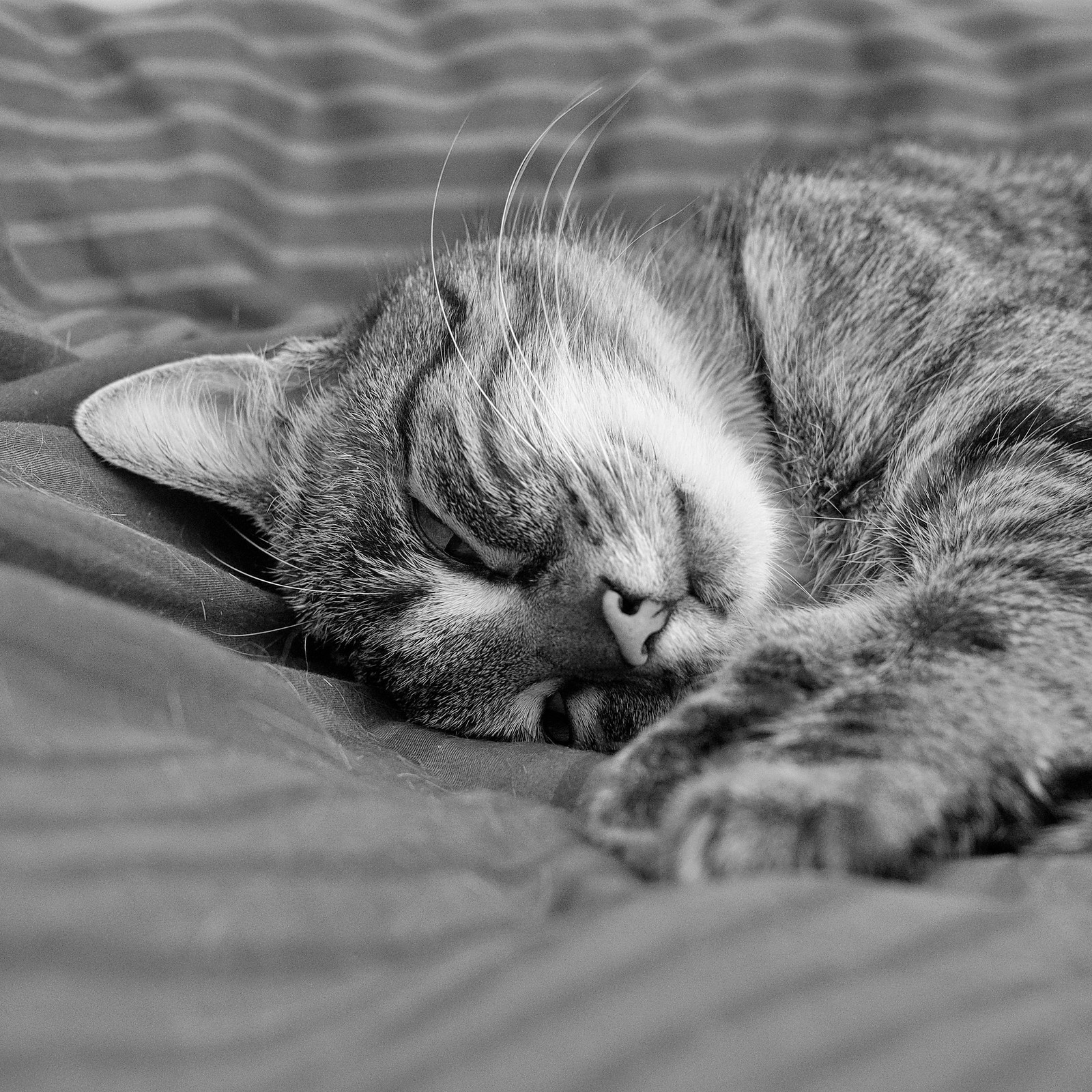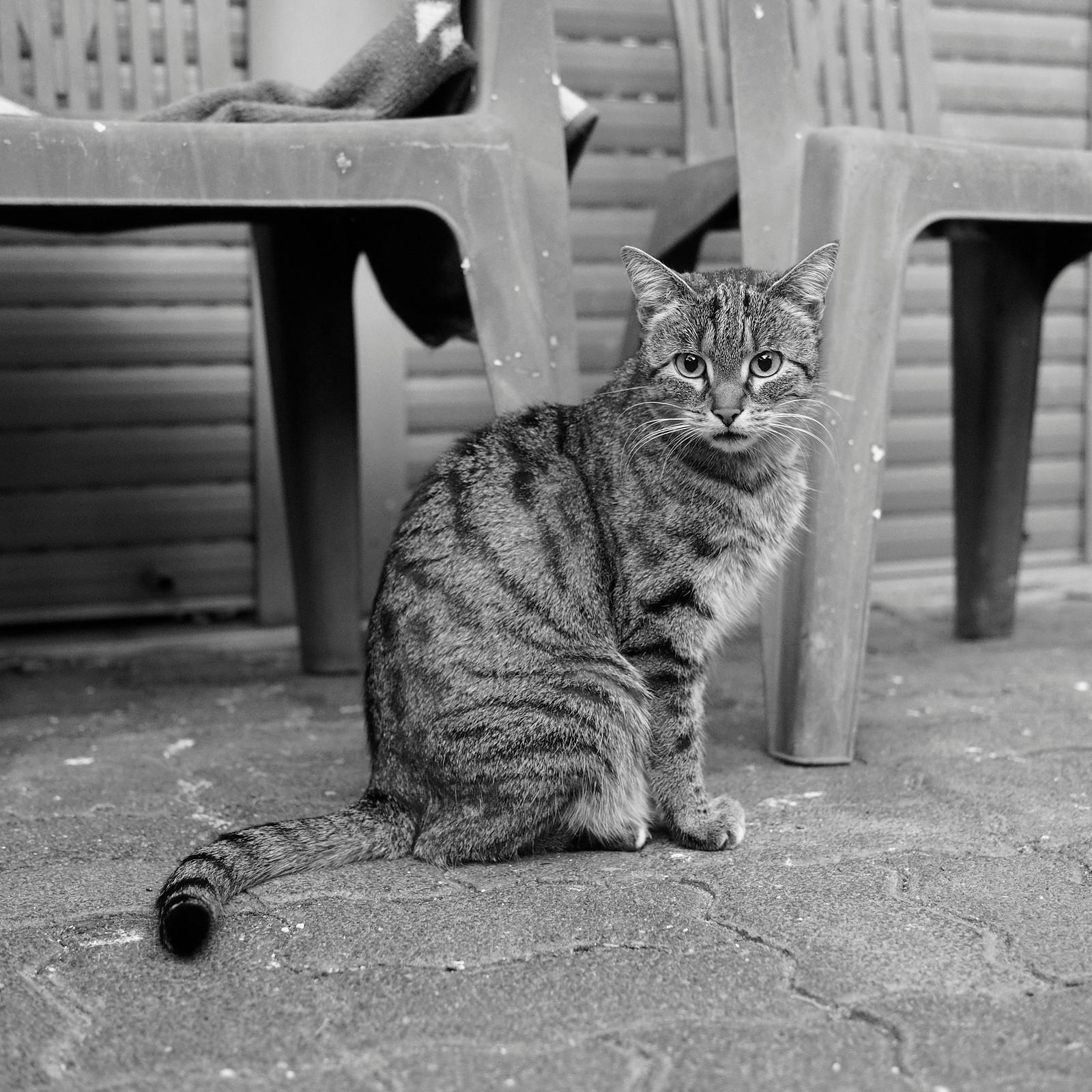I was reminded of some great (and famous) photographers lately, who used square format cameras and films, like the twin-eyed Rolleiflex to name a famous piece of gear. The difference in composition? These cameras were mostly held at breast height, and viewed from above. On their ground glass – with or without a magnifying loupe – you saw a square image, half mirror-inverted. Meaning that when/if you moved the camera right, the picture on the ground glass would move left, and vice versa.
I’ve seen so many good photos from that time that I started to wonder how it would be to use my small Micro Four Thirds camera that way (because that’s all I have, folks). Luckily I have the E-M10 which has a tilting screen, and if I move it 90 degrees upwards then I can use this as a fake ground glass, with or without magnification, but not mirror-reversed (would be funny to have that implemented in firmware I guess). If I switch the camera to black & white I can already see the photo in black and white before I even take it – definitely an advantage compared to the film days when you had to wait for development to see anything.
Just playing around with my camera set up that way, today I took this:
Sleepy cat, Moerfelden-Walldorf 2018
Yes, it’s square. And yes, it’s black & white (both in camera and in “post production” which was to first reduce contrast with Olympus Viewer 3, then to apply the 019 “Fine Art” preset in Silver Efex Pro2, and with RawTherapee (on Linux) to add some title and Exif information).
Yes, it’s a sleepy cat. And yes, this is fun, really. Modern day Rolleiflex or Mamiya 330.
Thanks for viewing.
P.S.: here’s another one. Same cat, same day, a few hours later…
Looking at my camera strap, Moerfelden-Walldorf 2018
Thanks again for viewing.


